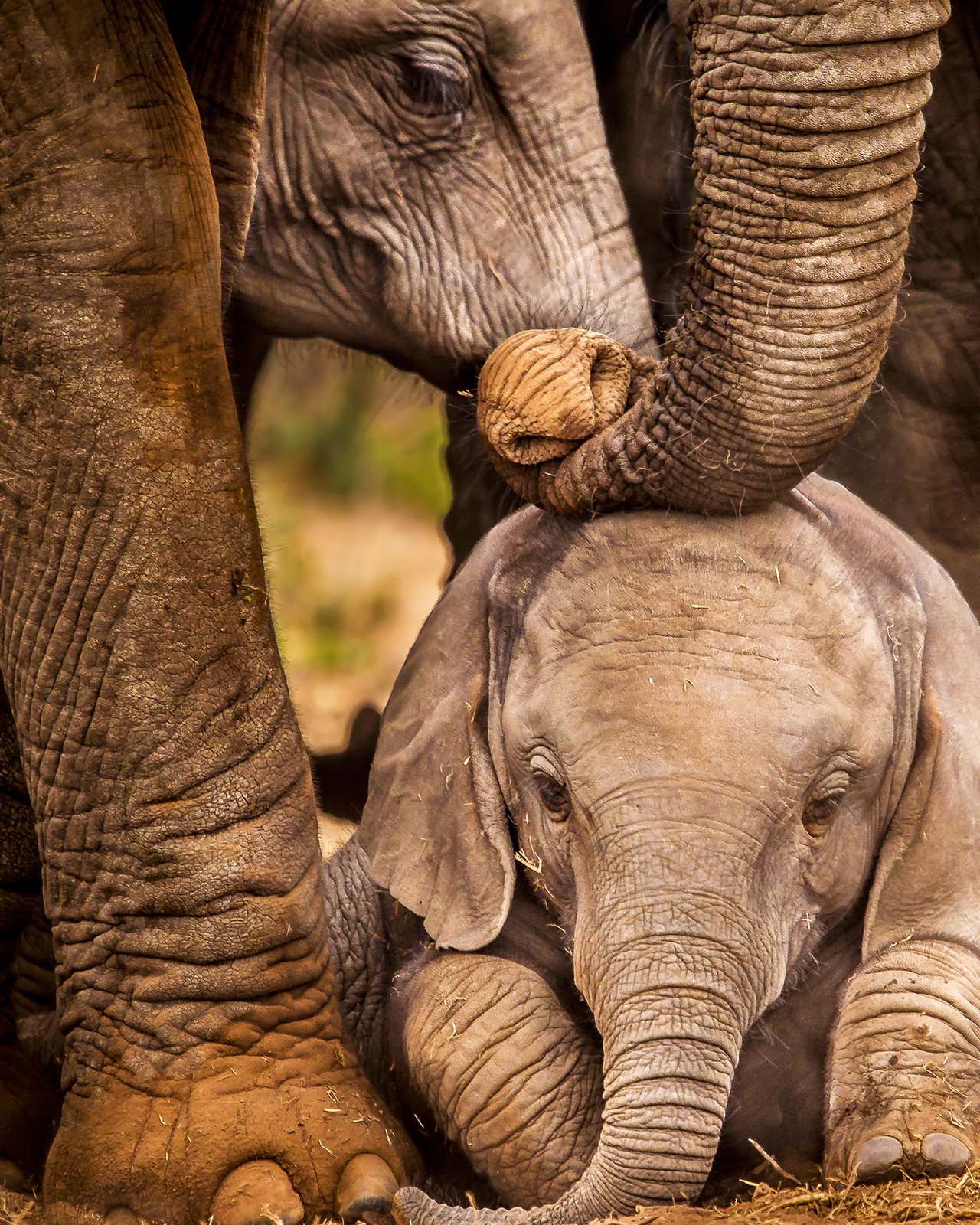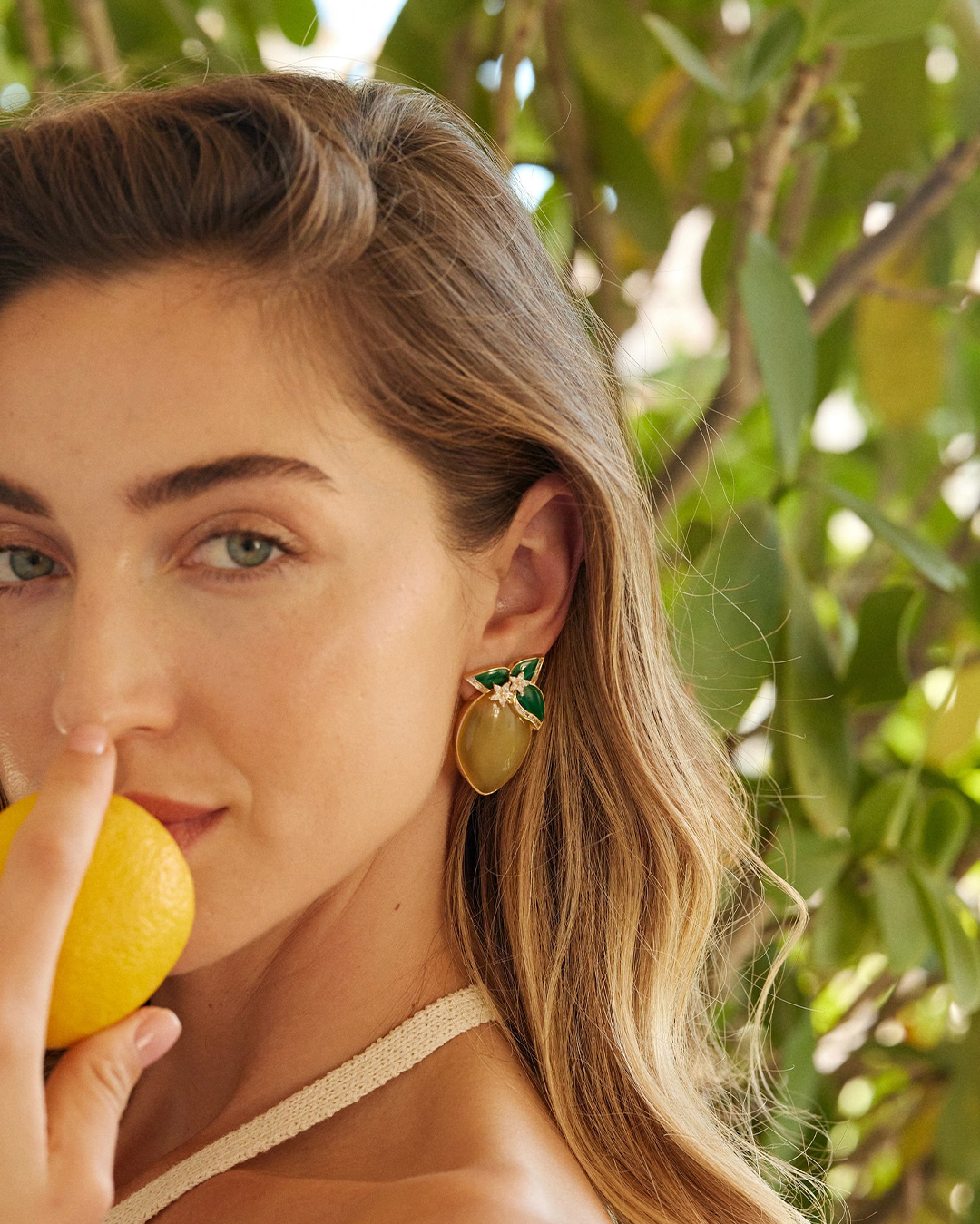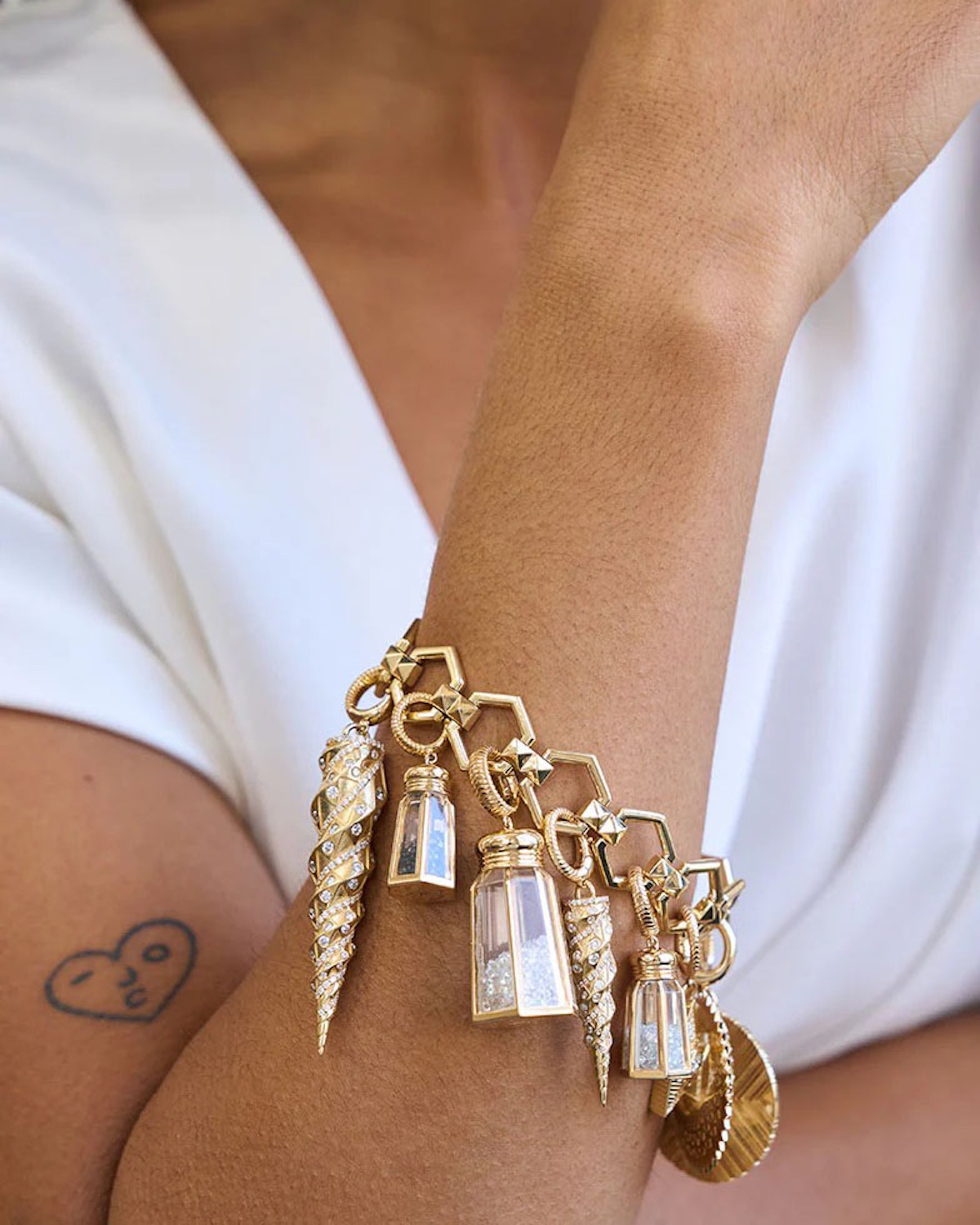Historic Diamonds / Royal Stories
The Story of Granny’s Chips, the Most Valuable Brooch in the World
By Grant Mobley, Updated August 12, 2025
Discover the story of a diamond heirloom like no other: Queen Elizabeth’s 158-carat Granny’s Chips brooch.
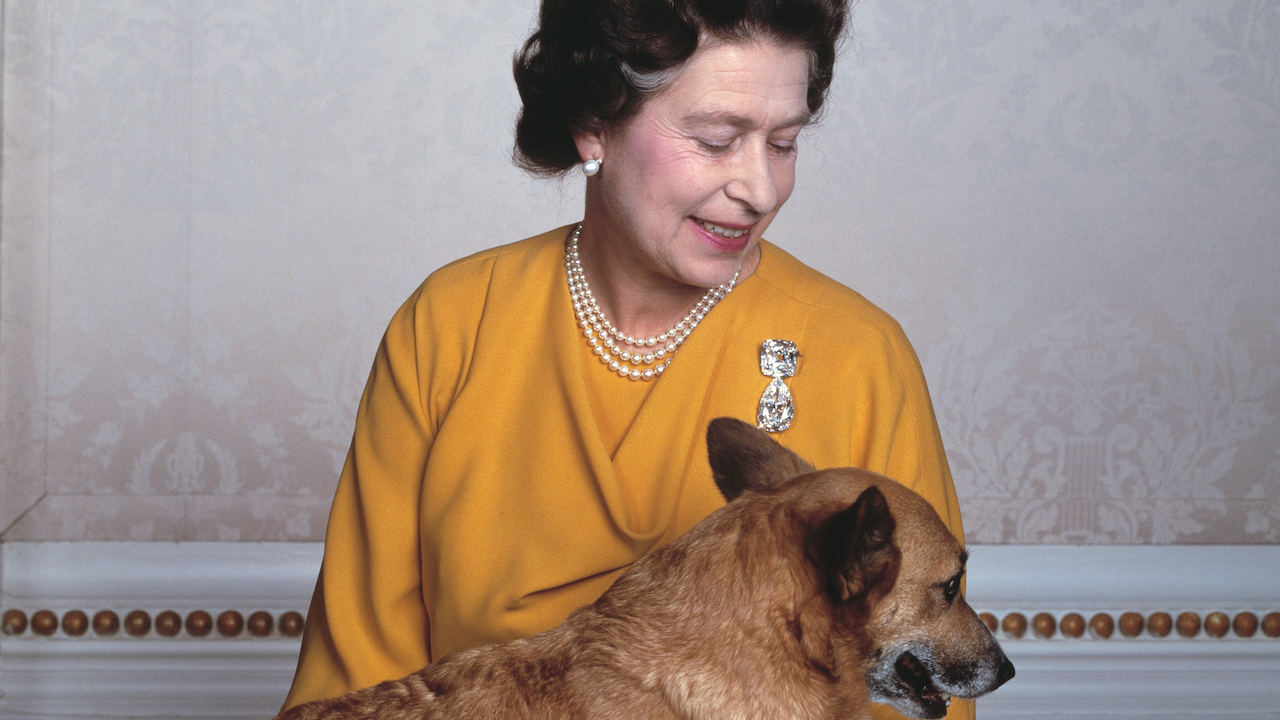
Queen Elizabeth II wearing Granny’s Chips in 1984 (Photographed by ©Yousuf Karsh)
When I say Granny’s Chips, you may be thinking of your grandmother’s cooking, but the Granny’s Chips I’m referring to couldn’t be more different from a plate of fried potatoes. Made with two diamonds cut from the legendary Cullinan diamond, Granny’s Chips is one of the most recognizable diamond brooches in the world. It’s also the most spectacular diamond jewelry heirloom Queen Mary handed it down to her granddaughter, Elizabeth—better known as the late Queen Elizabeth II.
Meet the Expert

- Grant Mobley is the Jewelry & Watch Editor of Only Natural Diamonds.
- He is a GIA Diamonds Graduate.
- He has over 17 years of jewelry industry experience, starting with growing up in his family’s retail jewelry stores.
The Royal History of Granny’s Chips, Queen Elizabeth’s Most Famous Diamond Brooch

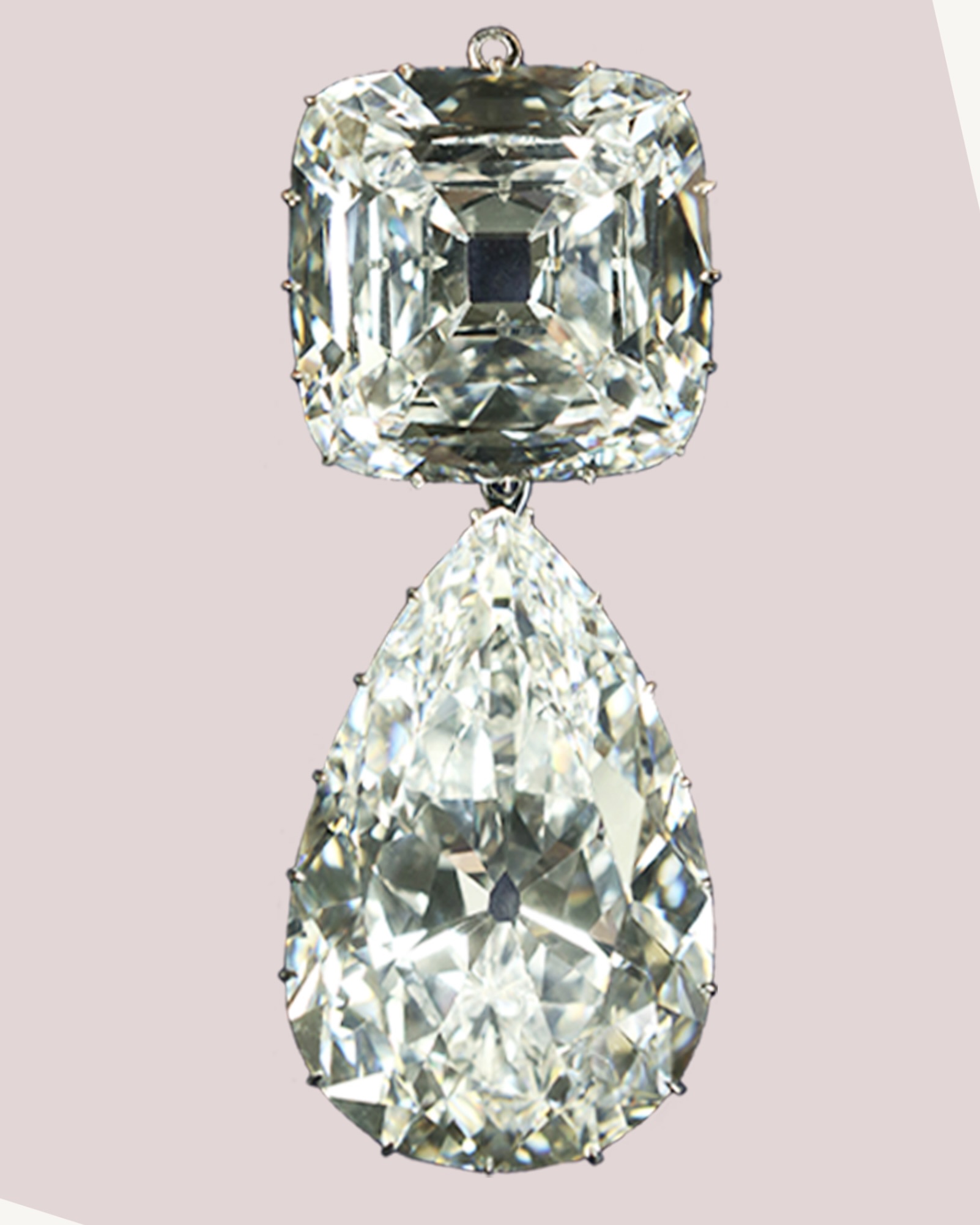
Mary of Teck, also known as Queen Mary, bequeathed the diamond clip to her 27-year-old granddaughter, Elizabeth, just as she was about to become the Queen. Though the offering of fine jewelry is a regal tradition, it is clear this heirloom was a gift of love. It was among Queen Mary’s most prized possessions and adorned her at the coronation of her son and later her granddaughter Queen Elizabeth II.
Queen Elizabeth II was among the longest-reigning monarchs of all time. However, we must remember that she was also a mother, daughter, and granddaughter, and Granny’s Chips was a testament to the special bond between her and her grandmother, Queen Mary.
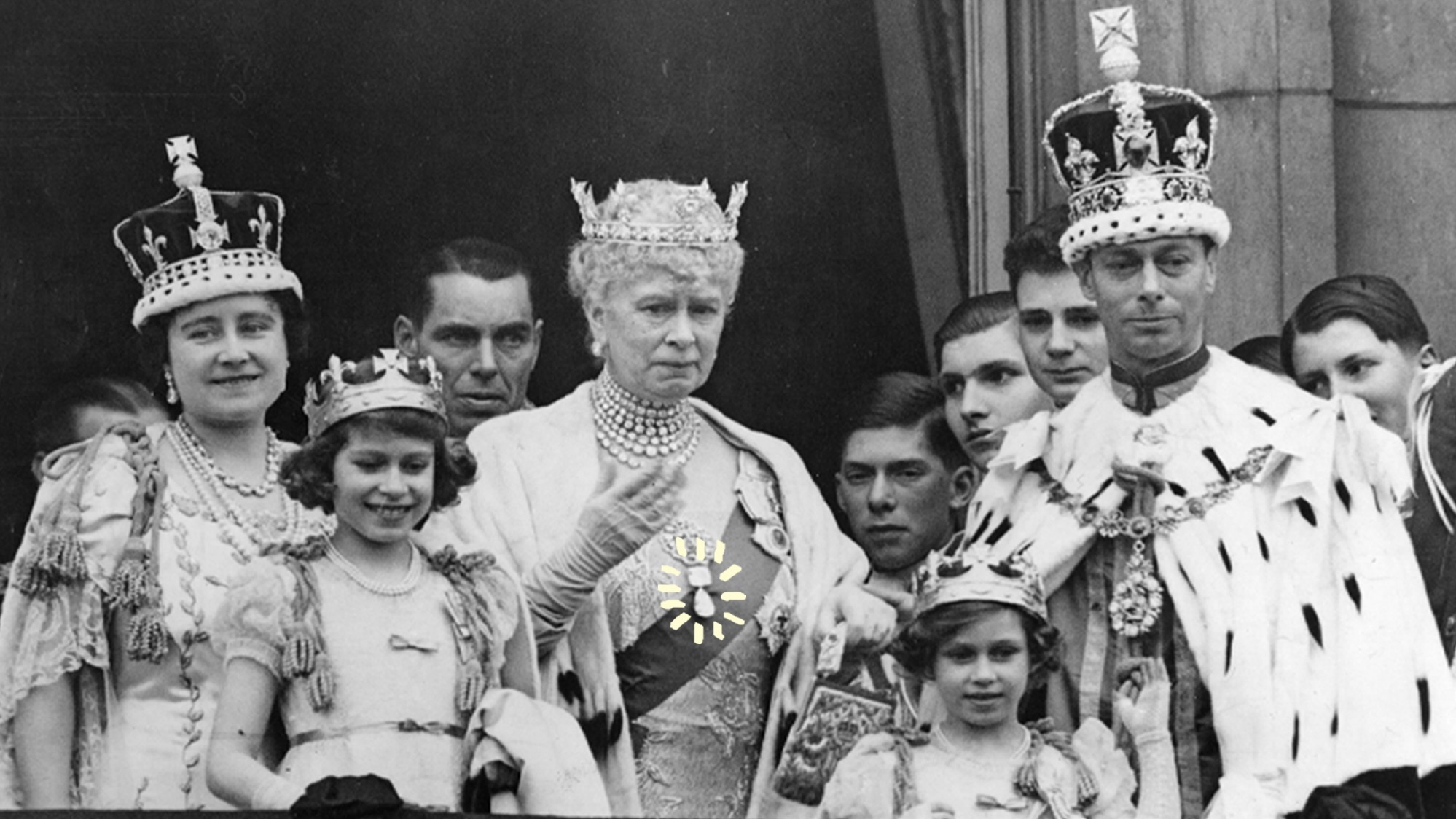
In tribute to her beloved Granny, Queen Elizabeth fittingly wore the breathtaking gift as recently as her Diamond Jubilee in 2012. The brooch no doubt uplifted the Queen in her journey down memory lane.
Nothing else can be passed down generation after generation indefinitely while growing in intrinsic and emotional value. Whether the jewelry is modernized or, like Elizabeth’s, left untouched, natural diamonds are among the most precious objects to inherit. A diamond heirloom may be sellable, but its emotional worth is priceless. Although Granny’s Chips is the most valuable piece handed down by Queen Mary, it certainly wasn’t the only one. Other incredible and historic herlooms include the Diamond Fringe Tiara, the Kensington Bow Brooch, and the Cambridge Lovers Knot Tiara.
Remembering Queen Mary
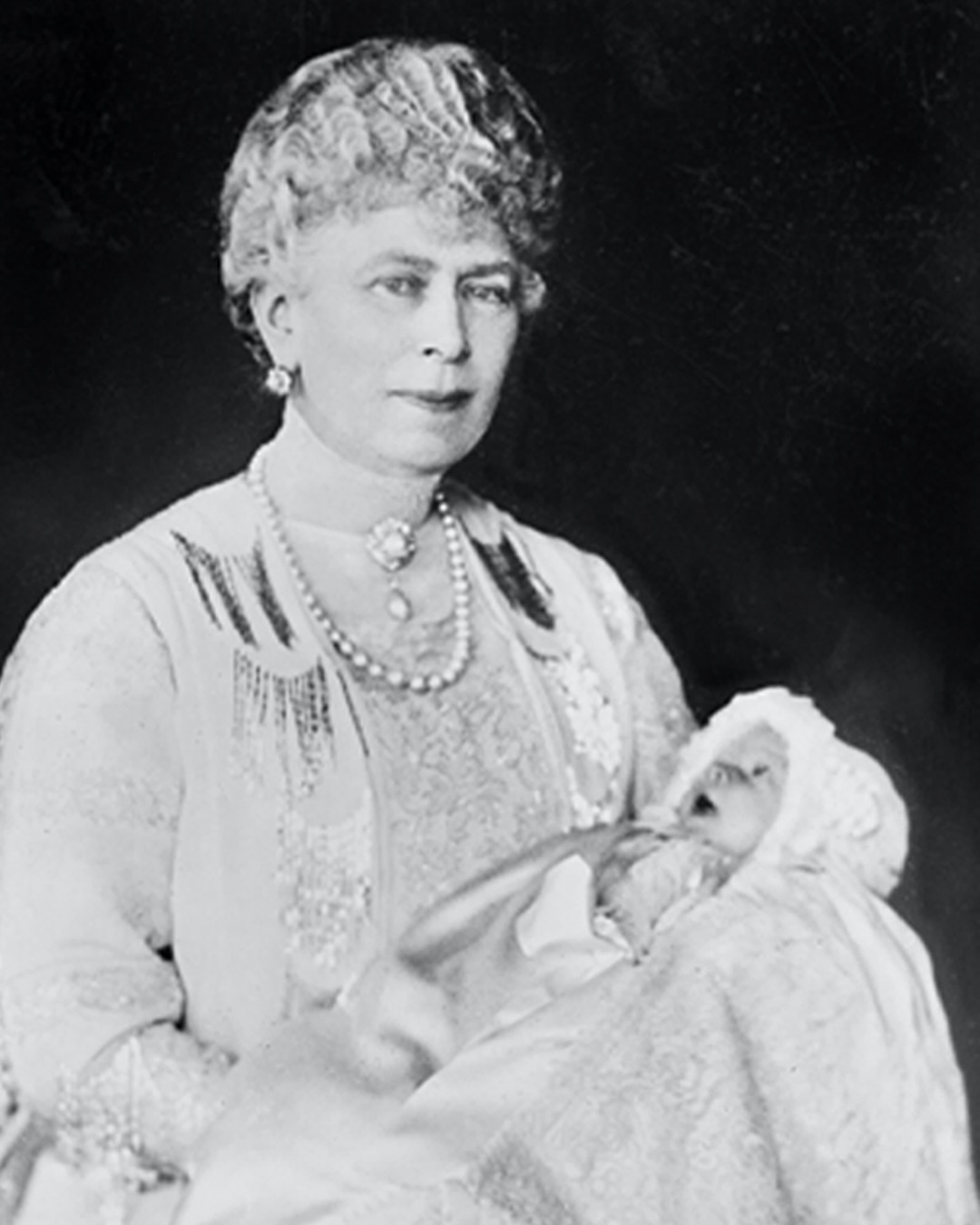
Since her Coronation as Queen Consort in 1911, the mother of six and grandmother of nine, Queen Mary had the reputation of being very warm. During World War I, she frequently visited wounded soldiers with her husband, King George V. Also, to show solidarity with her people, she instituted food rationing at the palace during the war.
After her second son, George VI, became King, Queen Mary spent a lot of time developing a close relationship with his two daughters, Elizabeth and Margaret.
The Origin of Granny’s Chips: From the Cullinan Diamond to a Royal Heirloom
The playful nickname Granny’s Chips tells us of the affection for the Queen’s grandma and that these magnificent diamonds come from one of the world’s great wonders—the Cullinan.
With a total weight of 3,106 carats (a staggering 621.35 grams), the Cullinan is the largest gem-quality rough diamond ever found. On top of its size, its clarity and clear white color were unmatched. The diamond bears the name of the founder of the Premier Mine (since renamed the Cullinan Mine) in South Africa, where it was unearthed in 1905. Amazingly, the Cullinan Mine is still in operation and continues to produce some extraordinary finds.
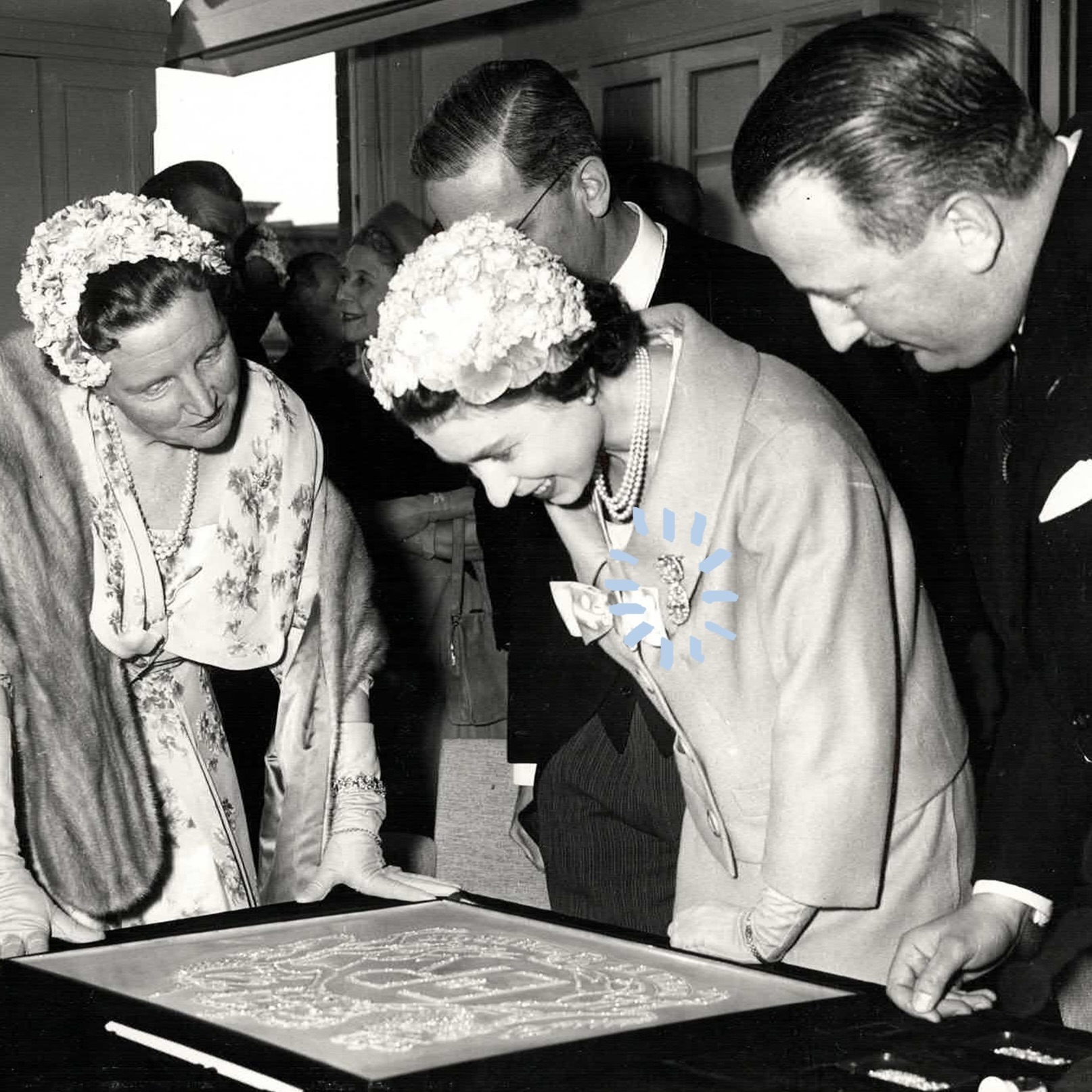
Scientists estimate that the Cullinan was formed 250-400 miles below the Earth’s surface over 1 billion years ago, far preceding the time dinosaurs roamed the Earth and, in fact, before any life on our planet. King Edward VII received the Cullinan as a badge of loyalty from the South African government. Legend has it that the diamond was sent to England as an ordinary parcel, while a heavily guarded replica traveled on a steamboat. Another legendary yet true story is that the man assigned to cut the diamond, Joseph Asscher, fainted when he first cleaved it. He tried to cut the diamond a few days prior, but it was so hard that it broke his tools.
The Cullinan III and IV: The “Lesser Stars of Africa“
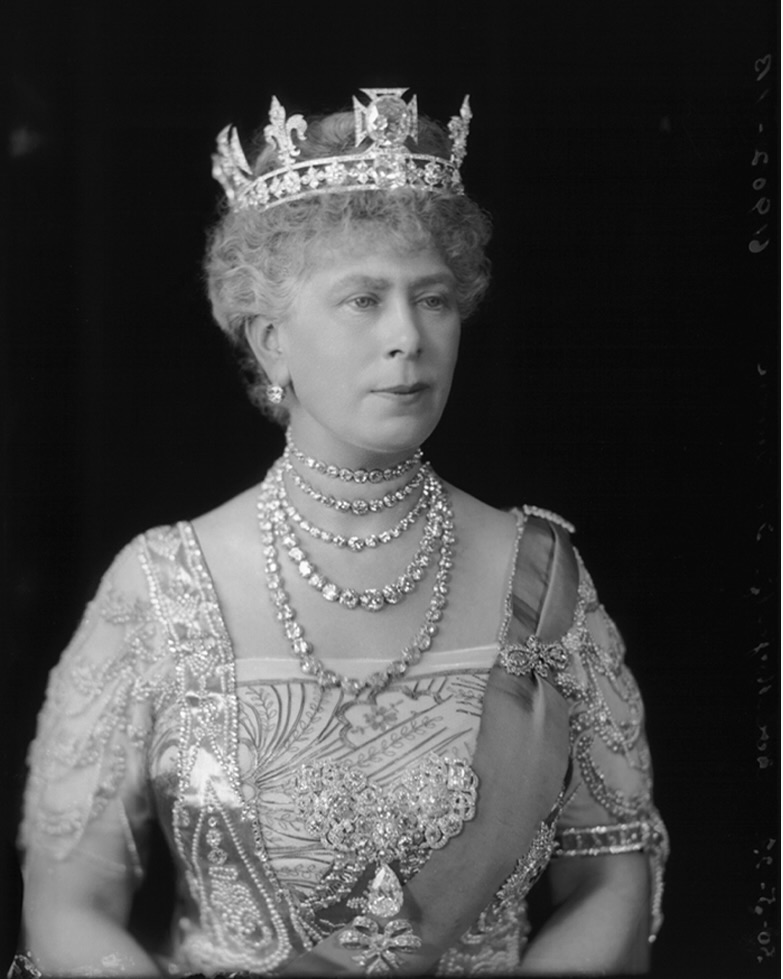
It took 18 months for three artisans working 14-hour days to cut and polish the nine large stones that the Cullinan was transformed into. Each stone was given a numeral from I to IX. The largest is the 530.20-carat Cullinan I, also known as the Great Star of Africa. Cullinan I and the 317.40-carat Cullinan II diamonds are part of the British crown jewels. They adorn the British Royal Sceptre and the Imperial Crown of Great Britain, respectively, and can be seen today in the Tower of London.
The Cullinan III and Cullinan IV weigh 94.4 and 63.6 carats, respectively, and are officially named the Lesser Stars of Africa. With a very British sense of humor, one could call them “chips” compared to the larger two. The King gave these diamonds to the Asscher Brothers as their gift for cutting the original stone. After South Africa purchased them back, the country gifted the gems to Mary, the future Queen Consort. In 1911, she first wore the two-diamond clip at her coronation in Westminster Abbey.
The piece was designed to be worn in many ways. Queen Mary’s favorite was as a brooch with the diamonds clipped together. Granny’s Chips is minimalist and timeless. The harmony between the pear-shaped Cullinan III and the cushion-shaped Cullinan IV is extraordinary.
Who will inherit Granny’s Chips next? It is difficult to say, but they would be inheriting the most valuable diamond brooch in the world. The current estimated price for Granny’s Chips is over £50 million ($61.4 million).

